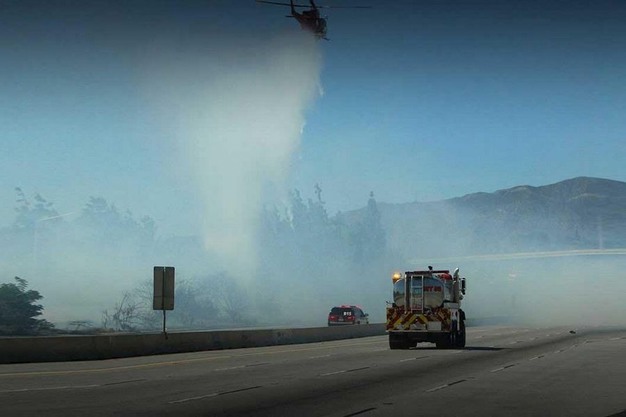So far, 24 people have lost their lives in the devastating wildfires in Los Angeles County. In addition, 40,000 acres have burned and about 150,000 people were forced to evacuate. The largest fire, the Palisades Fire, burned 23,700 acres and was 14 percent contained as of Monday morning. The Eaton Fire burned 14,117 acres and was 33 percent contained. However, concerns are for strong winds to cause explosive fire growth again. A red flag alert is in place for the next two days as wind gusts of up to 70 mph. are forecast between 4:00 am Tuesday and noon on Wednesday.
However, what is the impact on the fresh produce supply chain? "Production areas aren't impacted as they are all located outside city parameters," says David Holden with Holden Research and Consulting. From a logistics perspective, he is not aware of any impact either. "All major arteries are open, except the Palisades Fire is threatening to reach Interstate 405. At the LA Produce market, it seems to be business as usual as well."
 Photo: Los Angeles Fire Department.
Photo: Los Angeles Fire Department.
While the impact on fresh produce may be limited, Holden reflects on how the fires could be so devastating this time of year. "If we had received our normal November and December rains, this wouldn't have happened," he said. "I live about 30 miles away from Los Angeles and we've had 1/3 of an inch of rain this winter." Usually, the rainy season starts mid-October, but good rainfall occurs after Christmas. "People talk about climate change, but once every so many years, there's a really dry winter." The strong winds aren't unusual either. "They happen every year, coming out of the California desert." Last week, a wind gust of 100 mph. was clocked. The fires started in the mountains and blew down from the top. The strong winds made it very challenging to get helicopters in the air and get them to drop water on the structures.
 For more information:
For more information:
David Holden
Holden Research and Consulting
[email protected]










